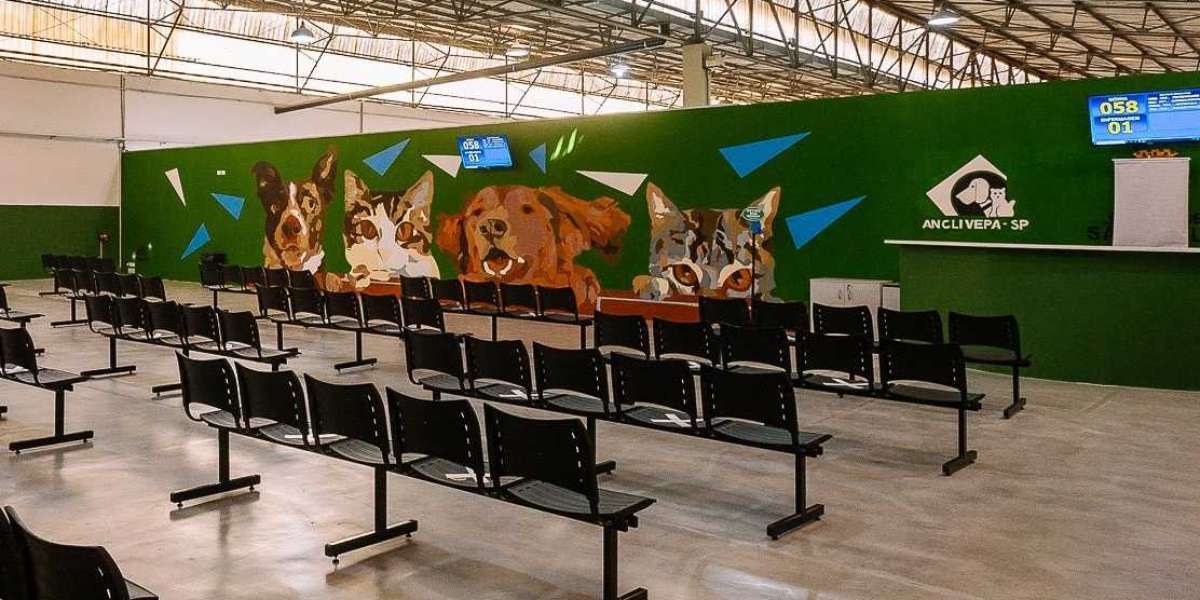 Almost all pets can safely bear echo, however your veterinarian would be the greatest judge.
Almost all pets can safely bear echo, however your veterinarian would be the greatest judge.Echocardiograms are typically carried out with the pet lying on an ultrasound-specific table. The ultrasound transducer (probe) is held towards the skin overlying the center. The transducer sends sound waves to the center, which are reflected again to the transducer and translated to pictures on a display screen. Hair does not conduct sound waves very nicely, so the pet’s pores and skin is often moistened with alcohol prior to the procedure. Ribs do not conduct sound waves properly both, so the transducer is usually positioned in many strategic areas on the pores and skin between the ribs to get an correct view of the complete coronary heart. The echo can present if the heart is working properly, and if not, what the problem is. Medications and treatments for coronary heart illness are tailored to the person, so understanding the problem appropriately helps present the best therapy.
Use tape across the carpi and totally prolong the limb of curiosity or each forelimbs cranially so that each humerus seems parallel to the cassette or plate. Place tape around one or both forelimbs on the stage of the proximal antebrachium to make certain that the elbows are pointing upward. If the elbows are rotated, tape around them and pull in either path to make certain that they point straight up. Center the beam over the axillary joint house of the leg of interest (FIGURE 28). Collimate to incorporate about half of the scapula and about half of the humerus (FIGURE 29). The patient should be positioned in lateral recumbency with the affected forelimb on the desk closest to the plate or cassette. Position the opposite limb out of the means in which by taping across the carpus and pulling it throughout the body in a caudodorsal path, and attach the tape to the edge of the table.
Detailed Imaging Results
This position helps to isolate one aspect of the maxilla by avoiding superimposition of the opposite dental arcade. The mouth is propped open with a radiolucent object similar to a syringe casing or a tongue depressor. The field of view could be collimated to incorporate solely the maxilla from the tip of the nostril to the ear or to include the whole cranium, depending on the clinician’s desire (FIGURE 18). Two markers are placed on this view, one indicating the recumbency of the affected person and the other the beam course. For example, VDLR means the beam is touring ventrodorsally from the left aspect of the affected person to the right facet (FIGURE 19). To isolate the opposite arcade (the left maxilla), a VDRL view would be wanted.
 Chemical restraint lessens the need for and depth of manual restraint, which finally ends up in fewer poor or unacceptable radiographs and usually shortens the time required to complete the examination.
Chemical restraint lessens the need for and depth of manual restraint, which finally ends up in fewer poor or unacceptable radiographs and usually shortens the time required to complete the examination.An echocardiogram, also referred to as an echo or cardiac ultrasound, is a diagnostic tool that appears intently on the coronary heart as properly as inside and around it. An echo makes use of high-frequency sound waves to create live images, allowing veterinarians to get an thought of what the heart appears like and how it's functioning in actual time. This provides details about the scale, form, and function of the guts, its 4 chambers, the heart valves, and surrounding buildings, such because the pericardial sac. In addition to assessing for obvious abnormalities (e.g. plenty in and across the coronary heart, fluid within the pericardial sac), measurements of individual coronary heart wall thickness, chamber size, and blood circulate are taken. Calculations are done to see how properly the center is functioning based on these measurements. As such, many basic practice veterinarians will refer pets to veterinary cardiologists or different imaging specialists for echocardiograms quite than perform the procedure themselves.
El CAE no acostumbra utilizarse en la mayor parte de las apps veterinarias gracias a la enorme variabilidad de tamaño y conformación de los perros. Apps móviles de rayos X veterinarias.Imágenes fiablesLa salida fuerte y permanente proporciona imágenes de alta calidad de manera consistente, correctas para la radiografía animal, como la radiografía ... YSF056DR-A es un sistema profesional de radiografía digital activa veterinaria con funcionalidades destacadas y tecnología puntera, que está desarrollado para prestar imágenes de rayos X ... Imágenes, el sistema de radiografía digital Enduras Wireless es su solución en movimiento.CaracterísticasEnduras, la serie más completa, portátil y robusta de sistemas de radiografía ...
DBC ha desarrollado un sistema de radiografía específico para felinos para centros de salud expertos en gatos. Los medios de contraste son compuestos radiopacos que tienen una toxicidad extremadamente baja, aunque se observan alteraciones hemodinámicas bien reconocidas después de la administración de agentes de contraste por vía IV. Estos consisten eminentemente en una hipotensión refleja seguida de una hipertensión suave de rebote. En casos extremos, la hipotensión puede conducir al colapso vascular e inclusive a la anafilaxia. Se cree que este efecto está asociado principalmente a la naturaleza hipertónica de los agentes de contraste iónicos y es claramente menos visible cuando se emplean agentes no iónicos modernos (de baja osmolaridad). Por tal razón, los agentes no iónicos han reemplazado casi completamente a los agentes iónicos como material de contraste por vía IV.
to animal patients
➣ Precio preferencial➣ Excelente calidad de imagen➣ Baja dosis de radiaciónEl sistema de radiografía digital de rayos X para animales RV-20A es un sistema de adquisición de ... Para aplicaciones móviles inteligentes de rayos X veterinarias.Imágenes fiablesLa salida potente y permanente proporciona imágenes de alta calidad de forma consistente, correctas para la radiografía animal, como ... La diferencia entre los dos sistemas radica en que en la RC hay un paso intermedio de exponer las placas, que luego se colocan en un lector. Estas placas deben sustituirse periódicamente debido al desgaste que se genera durante el desarrollo de lectura.
YSX056-PE es una máquina de rayos X portátil digital de 5,6 kW para empleo veterinario y médico, para poder ver y modificar imágenes en la PC directamente. Las imágenes de rayos X están libres para su visualización y diagnóstico dentro de los 6 a 8 segundos después LaboratóRio De AnáLises ClíNicas VeterináRia la activación. SR-8100 es un generador portátil de radiología portátil de alta frecuencia maleable para ser equipado con la máquina clásico de rayos X CR y DR. El HF-525Plus es un sistema radiográfico generador accesible y confiable desarrollado para ofrecer flexibilidad y un empleo amigable en todos los procedimientos radiográficos generales.
radiografía veterinaria sistema de fluoroscopia veterinariaVIMAGO™ GT30
Puede hacer cestas de la adquisición particulares y tener una rápida visión de su cartera de pedidos. Una guía de posicionamiento de rayos X dentro proporciona información sobre la técnica de ajuste adecuada para cada examen, clasificada según las especies animales (gato, perro y caballo). El programa de adquisición profesional de dicom PACS ® DX-R tiene una interfaz gráfica de usuario intuitiva y moderna. 4.0 lp/mmTiempo de transferencia de la imagen2sConsumo de energía máx16 WSincronizaciónAED (detección automática de la exposición) / disparador externoConsola GER PicoxIAEl programa controla el ... De Canon, se trata de un sistema de imágenes potente y duradero con un fluído de trabajo de radiografía fluido y eficaz.El sistema Canon Companion Animal Mobile Digital X-ray es ...
para la práctica de pequeños animales y la clínica de caballos
El kit de rayos X Saturn PX Portable DR incluye un panel detector plano portátil de 10" x 12" o 14" x 17" en una robusta caja de ruedas y un sistema de rayos X portátil. Reduce en buena medida la radiación de los rayos y resguarda con eficacia la salud del personal veterinario y de los animales.El lecho fotográfico específico para animales está fabricado con materiales de ... Análogamente, las lesiones que afectan al píloro pueden ser mucho más evidentes en una exploración radiográfica lateral izquierda del abdomen que en una lateral derecha. Por tal razón, en la mayor parte de los hospitales universitarios de veterinaria estadounidenses, de manera estándar se realiza un conjunto de tres vistas del abdomen. La backup diaria con el módulo de backup de dicomPACS®vet se efectúa en otro disco duro o asimismo en DVD o en un streamer o almacenamiento en red. El almacenamiento en soportes ópticos o magneto-ópticos garantiza el archivado mínimo en un largo plazo de diez años demandado legalmente para sus datos en la Ordenanza de rayos X. Además de esto, todos y cada uno de los nuevos datos entrantes se guardan en un área agregada para efectuar una backup día tras día.








